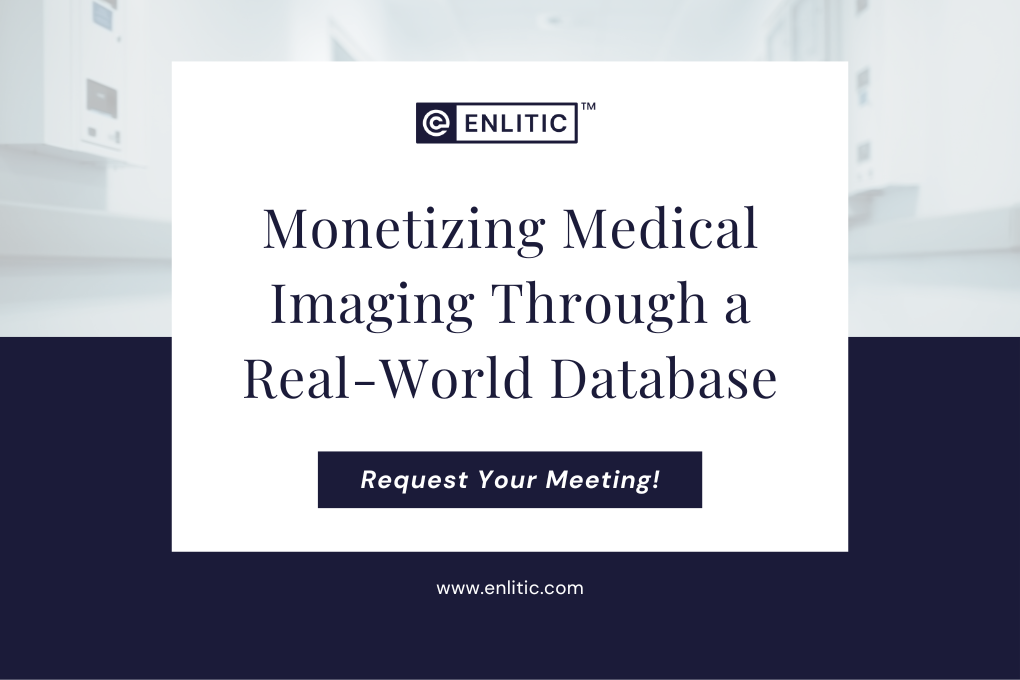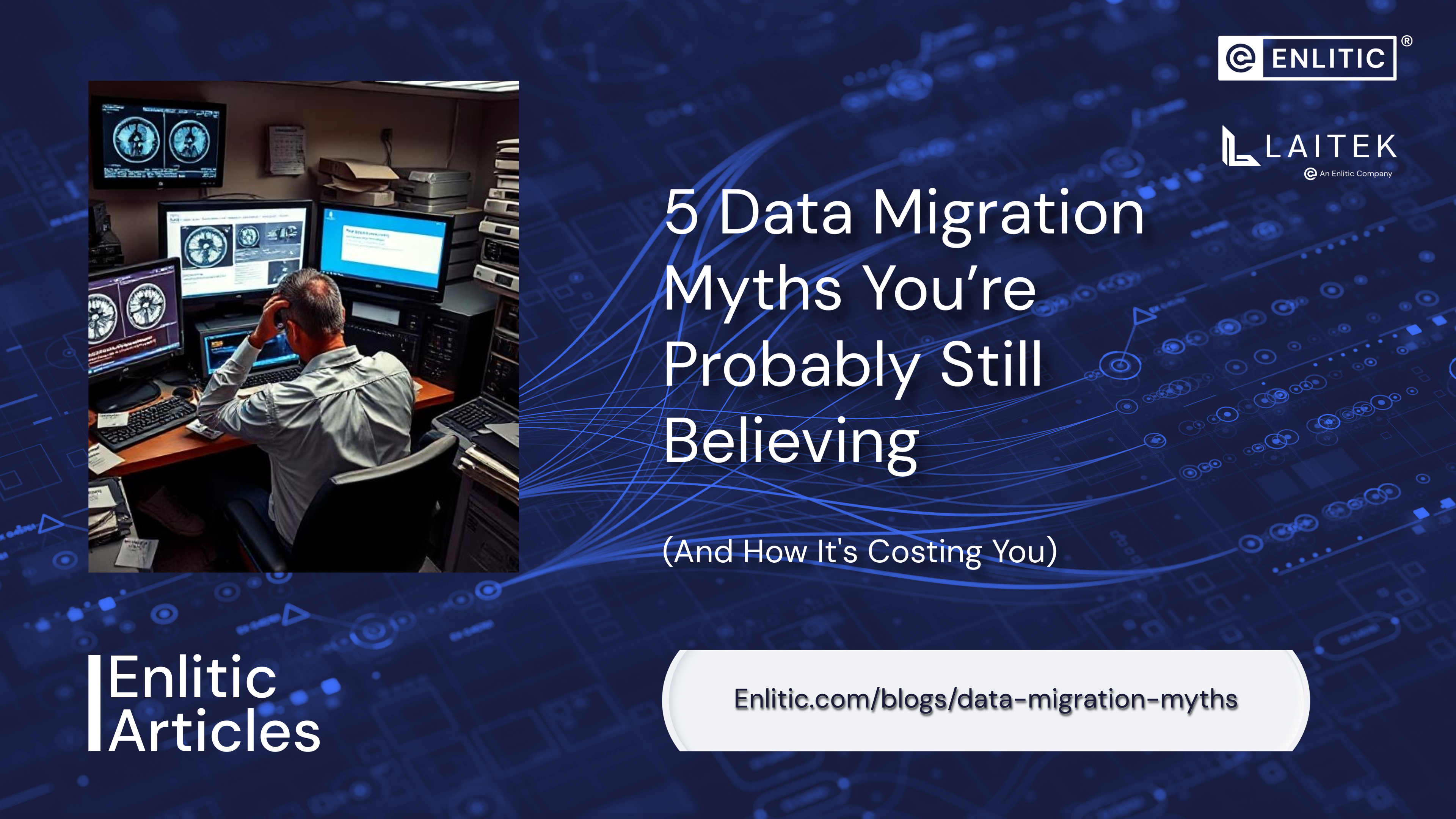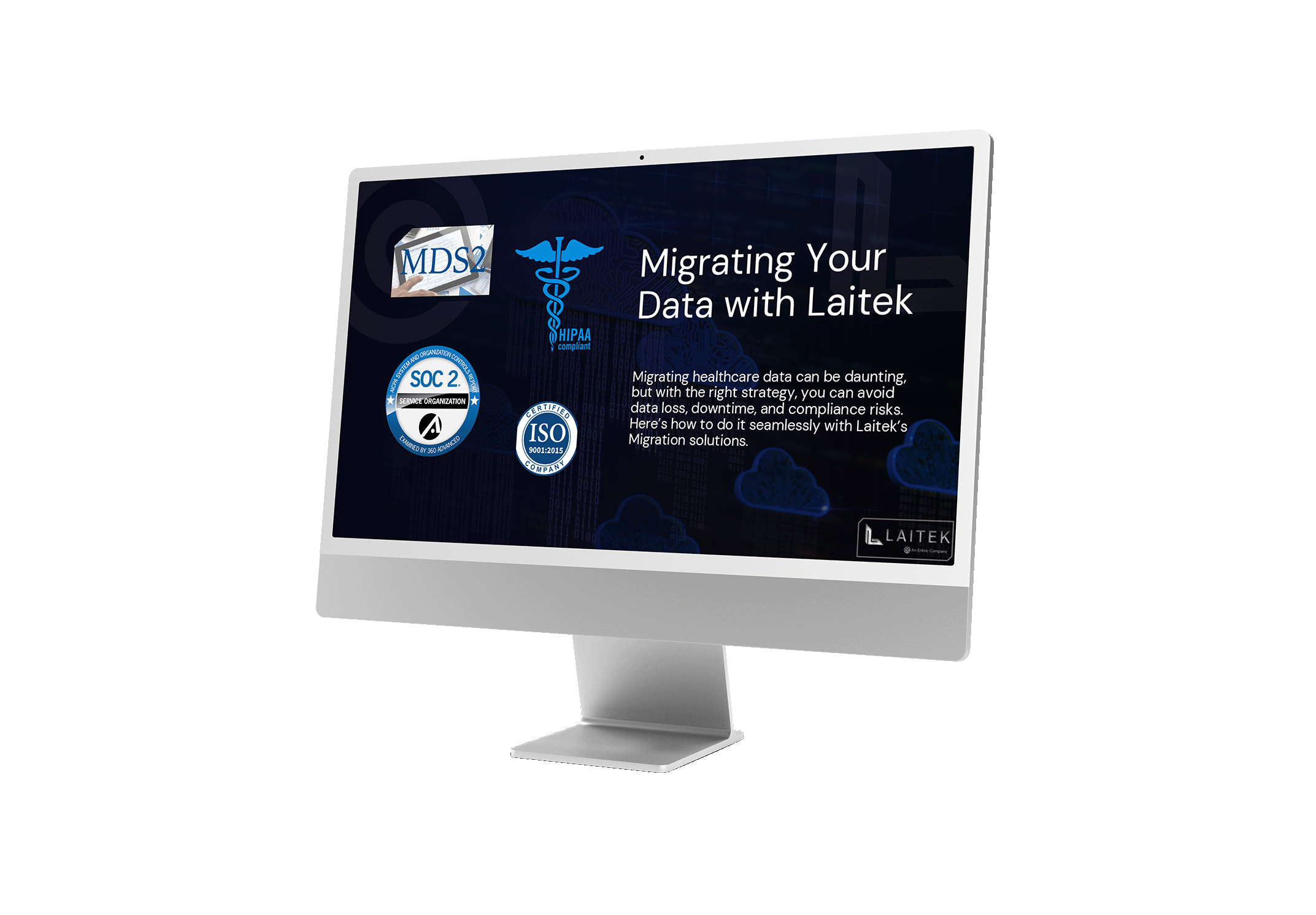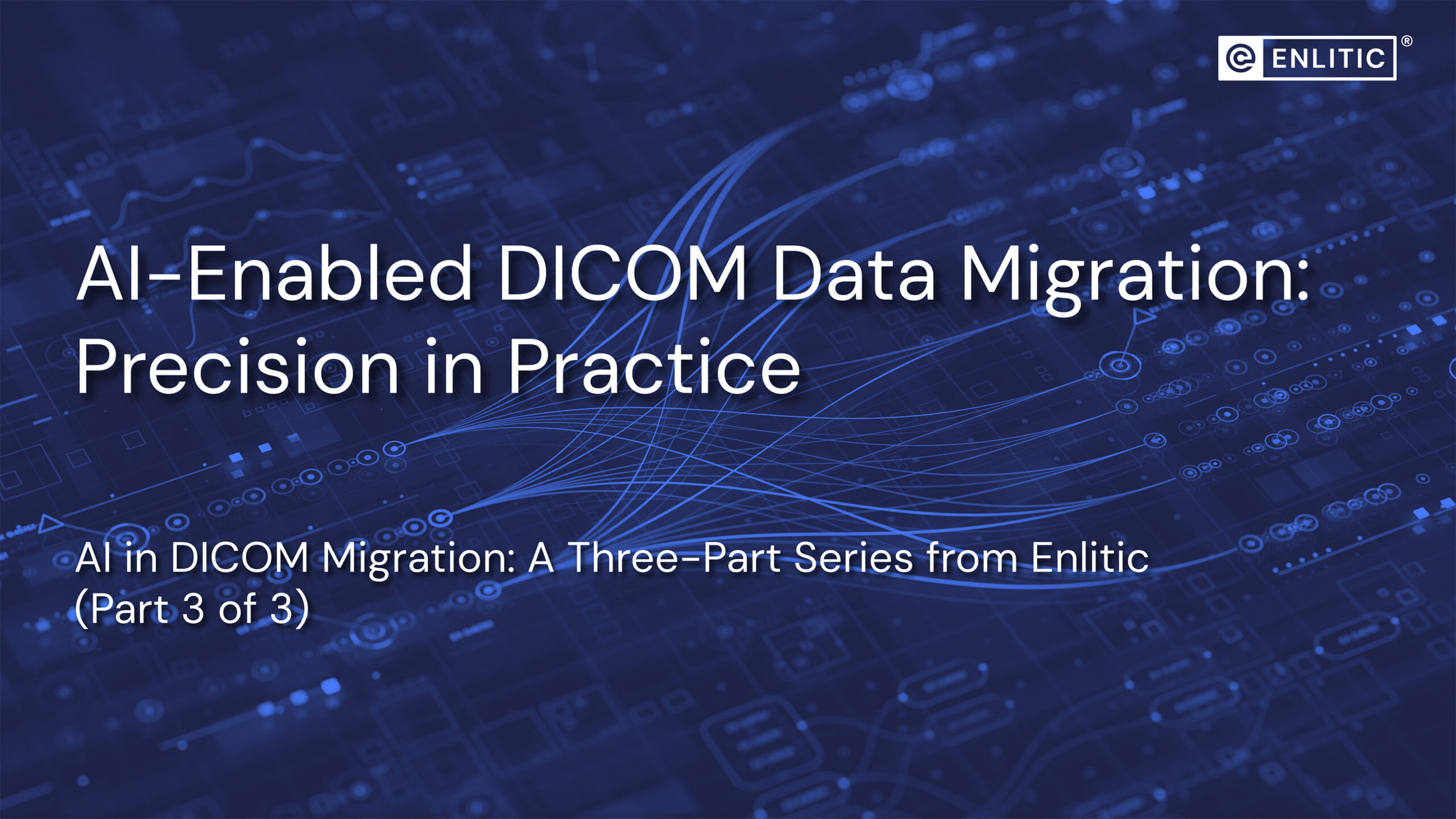Data-driven decision-making is more important than ever. Healthcare organizations recognize the untapped potential within their vast medical imaging data repositories. Real-World Databases (RWD) are emerging as the catalyst for transforming data into an asset. RWDs are the first crucial step toward internally monetizing medical imaging data. For this to be true, there must be an emphasis on data standardization and de-identifying/anonymizing sensitive information while maintaining the clinical data.
Harnessing the Power of Medical Imaging Data:
Medical imaging archives, housing decades of data, have long been underutilized. From X-rays and MRI to CT scans, these images not only contribute to patient care but also hold immense value for research, innovation, and business intelligence. The challenge lies in effectively extracting, standardizing, and managing this data for broader applications.
The Foundation: Real-World Databases:
Real-World Databases serve as the foundation for turning raw medical imaging data into actionable insights. These databases aggregate real-world patient data from diverse sources, enabling a comprehensive view of patient outcomes, treatment patterns, and healthcare delivery. Establishing an RWD is the crucial first step toward unleashing the monetization potential within healthcare organizations.
Standardization: The Key to Unlocking Value:
Standardization ensures the interoperability and usability of medical imaging data. By adopting standardized formats, protocols, and metadata structures, healthcare institutions can break down silos and create a cohesive dataset. This not only facilitates seamless data integration but also enhances the accuracy and reliability of analyses, laying the groundwork for effective monetization strategies.
De-identification: Balancing Privacy and Clinical Relevance:
The sensitive nature of medical imaging data necessitates a delicate balance between preserving patient privacy and retaining clinical relevance. The removal of Protected Health Information (PHI) in pixel data and metadata is crucial for compliance with privacy regulations. However, maintaining the clinical essence of the data ensures that it remains valuable for research and analysis.
Monetization Strategies: Turning Insights into Revenue:
Once an RWD is established, standardized, and de-identified, healthcare organizations can explore various monetization strategies. These may include collaborations with research institutions, partnerships with pharmaceutical companies, and the development of proprietary tools and AI. The ability to offer valuable, curated datasets positions healthcare organizations as key players in the massive market for medical insights.
Realizing the full potential of medical imaging data requires a strategic approach centered around Real-World Databases, data standardization, and meticulous de-identification. The careful balance between privacy compliance and clinical relevance sets the stage for healthcare organizations to not only improve patient care but also internally monetize their invaluable data assets. As healthcare continues to evolve, those who embrace these principles will be at the forefront of innovation and revenue generation.
To learn more about how Enlitic can transform your imaging data, request your meeting! Also, we will be at HIMSS 2024, to schedule time with us there, visit our HIMSS page.








